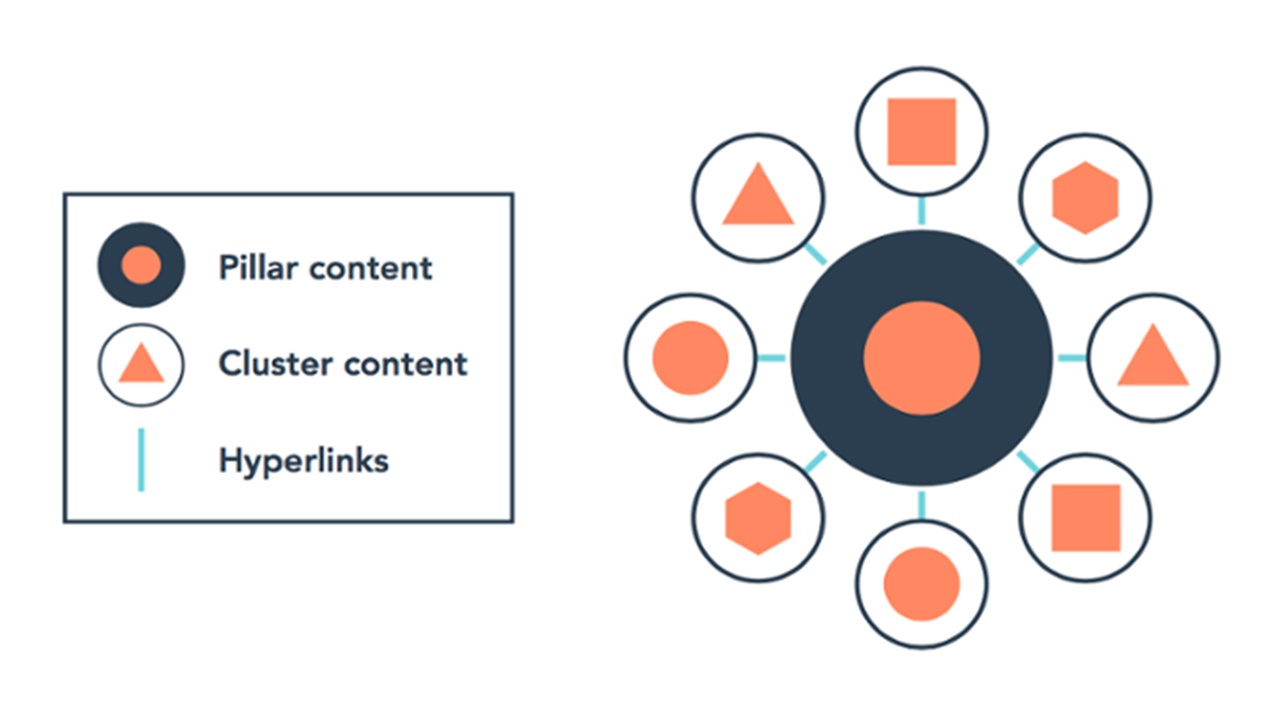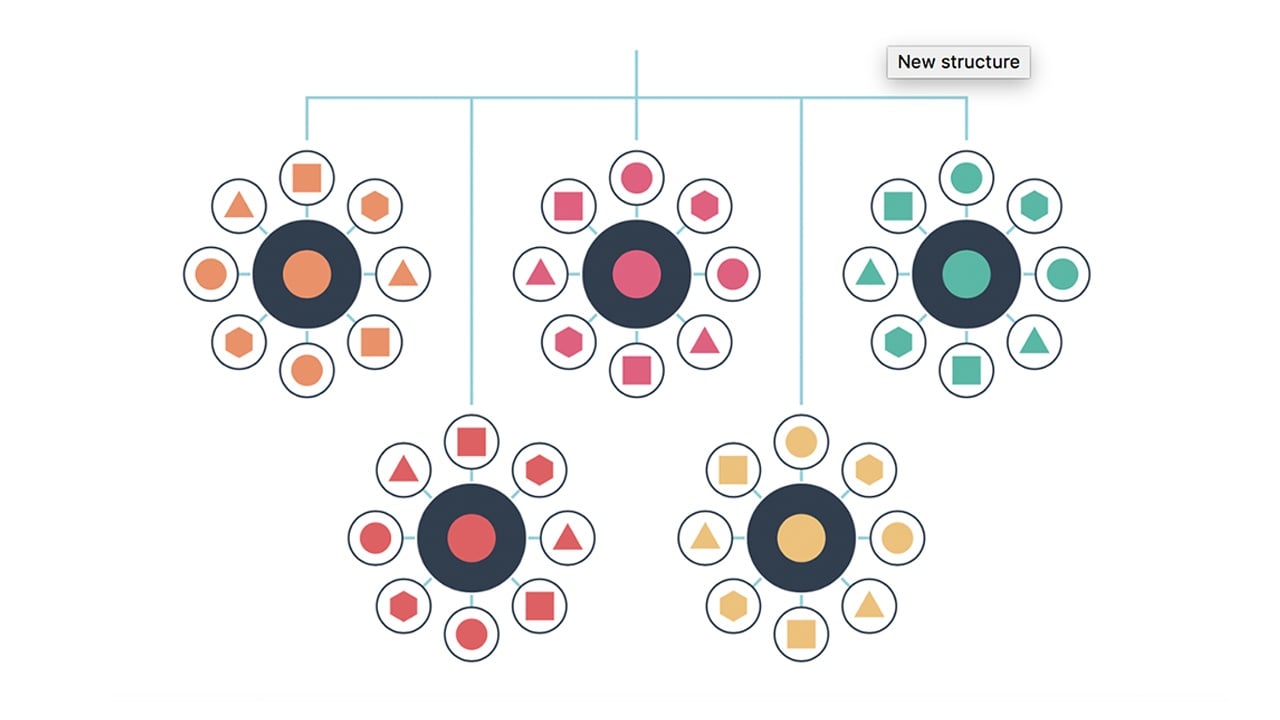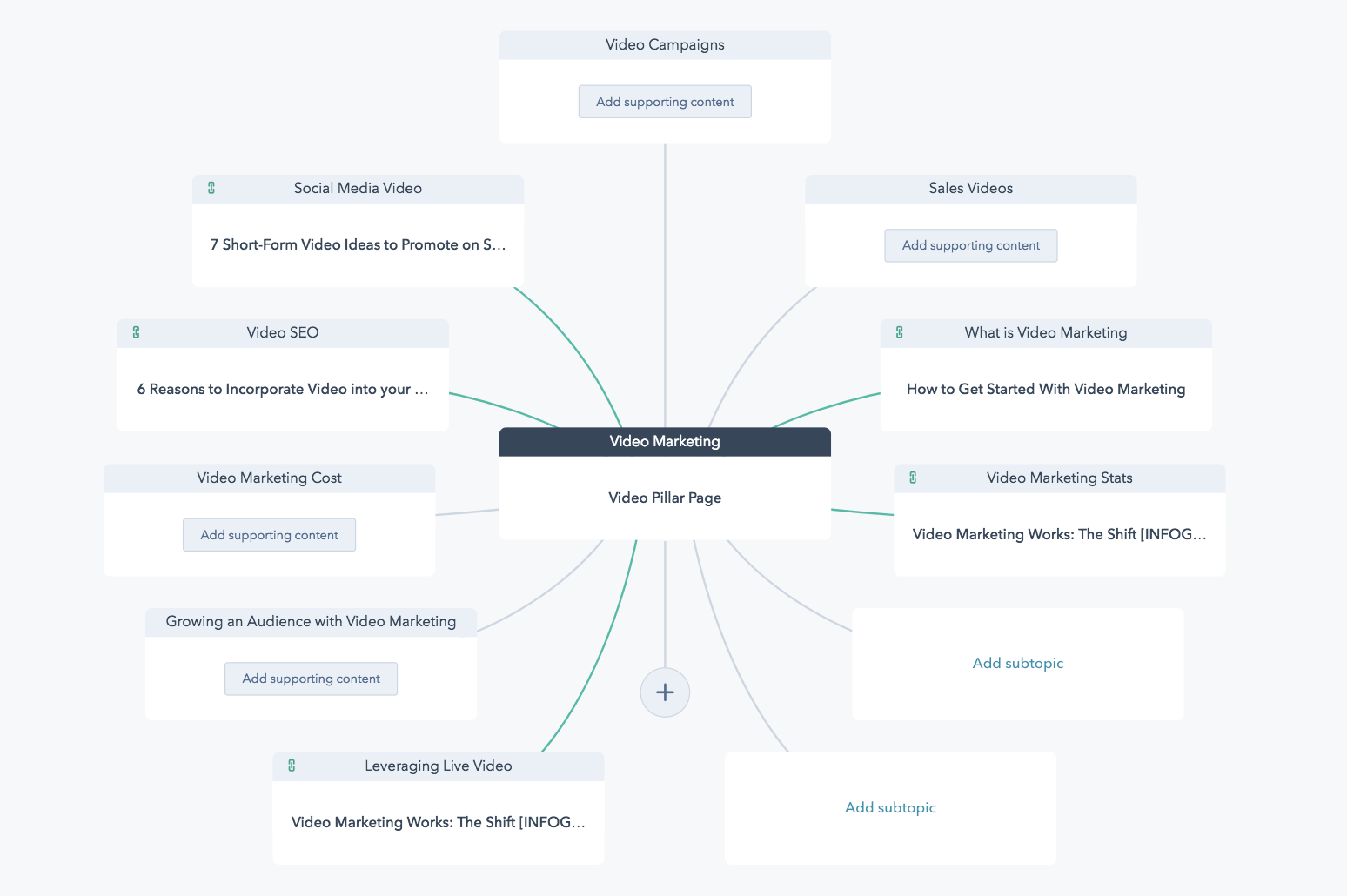The pressure to rank on page one is on and SEOs across the world are constantly looking for new ways to crawl up the search engine results pages (SERPs).
They’re always looking for the next best thing, the latest search algorithm unveil, but we all know that ranking isn’t meant to be easy to master— or else competition wouldn’t exist.
There are, however, some fundamental updates to Google’s algorithm that we should be aware of, as they have prompted changes in many business’ content marketing strategies.
Google’s Algorithm has Shifted Gears to Focus on “Topics”
Search engines are crazy smart. They have been for years, but they keep getting more and more robust.
Way back in 2013, Google released its Hummingbird algorithm update, announcing that its search bots were no longer focusing solely on specific keywords. Rather, Google now understood longer queries and topical associations. The search engine started recognizing semantic keywords, or phrases that were related to similar queries. A search for “lawyer” could serve up information around “attorneys” or “legal advisor.”
Then in 2015, their RankBrain update proved that Google could actually learn things about you based on past searches, as well as understand your context to serve better results. So if you looked up the song “Cake by the Ocean” for a funky beat, it might assume the next time you look up “cake” that you’re looking for the band DNCE and not a delicious baked treat.
Why Topics Matters More than Ever
Fast-forward to 2018, where the search engine can deduce your intent.
As Moz points out, a search for “damaged furniture” could mean a number of things. The user could want to fix their broken furniture themselves, be looking for a professional repair shop or possibility want to buy discounted furniture. Google is getting pretty darn good at recognizing your reasoning to serve up the right results for you, even if the keywords are the same for different queries.
Now, instead of focusing purely on keywords, keywords, keywords!— people are realizing that things are shifting. Though still important, keywords aren’t packing the same ranking punch that they used to.
In fact, HubSpot did an extensive study on this idea they call “topic clusters,” discovering that interlinking between related topical pages, not necessarily keywords, was the key to better search rankings.
Well you betcha this prompted some questions about the effectiveness of people’s current content marketing strategies!
Let’s explore what pillar pages and topic clusters are to discover how they can help you score higher positions on the SERPs.
What is a Pillar Page?
Pillar pages are likely service or product pages— or pages that talk about a main topic around the problem these products or services help to solve.
Think of a pillar page as a comprehensive, detailed breakdown of a particular topic. In that way, it might help to think of a pillar as a "topic page," packed with content revolving all around that subject.
Pillar Page Examples
In order to understand, it's best to just see a visual.
One of our favorite pillar page examples comes from Moz, who created an incredible resource for those just starting to learn about search engine optimization, called The Beginners Guide to SEO.

This content page has been read over three million times in the few years since it was published, and is broken down specific chapters or sections all about the topic of "Search Engine Optimization."
Originally designed as one long page, the URL gained so much attraction and ranking juice over the years that the company was able to create 10 different pages (URLs) off of the one original page, and still grow its organic traffic. This particular pillar received such a vast amount of views and interaction that the author, Rand Fishkin, credits this one resource as the reason his start-up is one of the leading SEO SaaS businesses in his industry.
Here's another incredible pillar page example, from Drift. This webpage owns the topic of "Conversational Marketing," outlining what it is, how to implement it and more. Conversational marketing is this company's jam, so it makes sense that they'd want to establish themselves as the experts of all things live chat.
Still not sure exactly what your broad topic content page should look like? Check out more examples of pillar pages here.
What Makes a Pillar Page Different than a Regular Website Page?
Pillar pages are unique in that they are traditionally long (usually over 5,000 words!), in-depth pages about a broad topic.
Holy shit. That means, if you were to print out a 5,000 word pillar, it would encompass 20 double spaced pages! That bad boy could put a college paper to shame.
Most of your other webpages are probably significantly lighter than this— we're guessing between 750-2,000 words, at most. And your blog post lengths are probably somewhere in that same ball park.
Pillar pages contain a massive amount of depth, covering everything from soup to nuts around your chosen topic.
The point of a content pillar is to establish yourself as an authority figure on a subject matter— that you're an expert and a powerful resource for all things concerning that topic. Or, to create a single resource searchers read to answer multiple layers of their queries.
Please don't think of pillars as a way to increase your rankings, so much as a way to help your audience, like none of your competitors do (for free anyways).
Pillar pages are arguably one of the most important parts of your website, for as supporters of your niche or specializations, they are your ultimate sales tools.
That's where the second part, topic clusters, come into play. Once created, all your efforts should go into strengthening your pillars— and you do this by building out supportive topic clusters.
Check out this visual from HubSpot, depicting your pillar page as an orange circle outlined in black, surrounding by many content clusters:

Curious to learn more about what makes a pillar page different from any ol’ webpage? Learn more about these SEO powerhouses for your content marketing strategy.
What Is a Topic Cluster?
Topic clusters are just like they sound: they’re clusters of content all themed around a main topic page (AKA your pillar page).
They could be groups of blog posts, content offers, infographics or any form of content that supports your broader topic:
- If you sell marketing services, your topic cluster for your SEO pillar page could include content about ranking on Google, keyword research, link building, etc. Please feel free to click the links for real examples, straight from our website.
- If you offer a free website crawl tool for users, your clusters could talk about site speed, image optimization, etc.
Essentially, you'd want to develop a marketing campaign around this topic. This way, you are constantly developing supportive content to expand on subtopics of your pillar's theme.
Why Create all This Content?
The whole point of creating these subtopics is to embed links to the overarching pillar page inside of these posts.
This tells Google, "hey! These posts are all supporting this one really important thing," boosting your pillar page's domain authority and your chance of ranking.Links from your subtopics to your main topic page show search engines that these pieces of content complement the pillar page and drive SEO juice to it. This establishes your mondo pillar as the original source, which the world's largest search engine tends to favor.
Searchers find your pillar and do some digging. Not only can people click these embedded topic cluster links and send more traffic to your important main page, but it also sends signals to search bots that these pages are related.
Plus, if you really wow your audience, they'll ultimately click-through to your product or service page.
Cool, They’re Related, but How Does This Help Me Rank?
Interlinking shows search engines that your content has depth, which basically means your content isn’t keyword-stuffed and genuinely addresses and references a wide range of ideas that are commonly used in association with the topic.
If you’re talking about “jellyfish,” Google might expect that you mention the words “ocean,” “water,” or “sting.” If it doesn’t see topics and words it knows are related to jellyfish, it’s going to conclude you’re not really talking about jellyfish— and likely not serve your site up for queries about these gelatinous aquatic creatures.
That means, the secret to ranking on Google search isn’t about article length or keyword density, it’s about content depth.
In fact, many studies have used these topical associations to boost their rankings— and you can too.
How Can I Create Pillar Pages and Topic Clusters?
The main idea here is that although keywords still matter, topics should be what initially drive your site structure and content marketing strategy.
And you want to build quite a few!
- Focus your pillars on your products or services. // If you’re an online clothing consignment store, maybe you silo your pillar pages by category. If you create pillar pages for gently used Women, Men, Children and Babies’ used clothing, talk about the brands and styles you accept.
- Compile a list of blog and content offers ideas that support these broad topics. // Pull up a spreadsheet and keep them organized by coming up with 15 blog titles for each of your pillar pages. Then, think bigger. What about an ebook? A few videos?
- Think in terms of subtopics. // You can do this by writing four different “types” of blog posts, targeting your different pillars around women’s consignment fashion. Maybe you decide to do a seasonal “trend” post about popular fall outfits, spring fashion, etc. Create a few blogs around subtopics: a couple around trending shirt styles, a couple around the best jeans, etc.
- Give old content a facelift. // Reoptimize an old blog post to make it better fit your campaign and support the subtopics you outlined around your pillar.
- Don’t forget to weave keywords into your topic cluster content. // This supportive content should have a specific long-tailed keyword it’s trying to rank for and still address other naturally associated keywords too.
- Link from your blogs and content offers back to your main pillar! // Google will see that you talk about specific topics that have to do with “women’s clothing” and see your content as relevant, authentic and, with some traffic and shares, see that other people like it too and serve it.
- Take it to the next level by targeting your buyer personas. // HubSpot’s inbound marketing strategy involves developing buyer personas to represent the various “types” of prospects and customers you attract. Assign a persona to each blog and target it around their pain points and motivations, and make sure you plan keywords around them too!
Remember, in order for these pages to be successful, they must deeply address your chosen topic and include all traditional on-page SEO best practices like optimized headers, meta descriptions, keywords and more.
How Many Pillar Pages and Topic Clusters Should I Have?
You will want a number of different clusters within your content marketing strategy. It’ll help you become a thought-leader around your industry and show search engines you understand many elements of your niche.
This picture depicts five pillars— but let your service or product pages dictate that number:

HubSpot’s Content Strategy Tool
HubSpot actually developed an interface to track your topical content marketing efforts, their Content Strategy Tool.
Once you develop your topics to support your pillars, this tool gives you a visual representation of all your content. Here’s an example of content we have around our video pillar page:

How to Build Out a Topic Cluster Using HubSpot's Content Strategy Tool
HubSpot's Content Strategy Tool is super helpful in organizing your pillar topic and supportive topic clusters.
It gives you suggestions, revealing what pillar could use more supporting content love, by suggesting you “add subtopics,” or create new blogs to complement your papa pillar.
The “webs” connected to the to the pillar are green if there’s a link in the post to the pillar page, and are red if the link is missing— alerting you that a link might have been broken or never added from the content back to the pillar to show their connection.
Click on our SproketTalk video below to learn how to use this tool yourself.
Adopting a Powerful Pillar Page and Topic Cluster Strategy Could Really Transform Your Rankings!
The concept is easy to understand, but creating pillar pages and topic clusters could give you a strong edge over your competition on the SERPs.
Remember, your topic clusters don’t have to be just blogs— they could be detailed content offers, longer videos or any other form of content, so don’t be afraid to get creative.
Do you struggle to actively publish blogs for your company or feel like there is no real consistency behind your efforts? Downloading our Beginner’s Guide to Blogging for Business might be the perfect way to start improving your content marketing strategy today!





